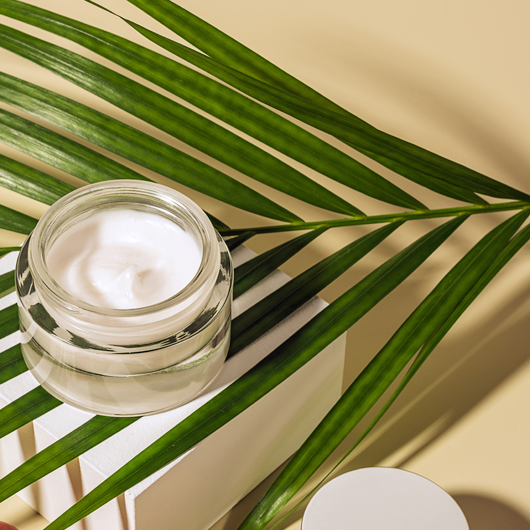Looking for food without pesticides?
The EWG has released its annual list of fruits and vegetables that are maybe coated in chemical, i.e., the 'Dirty Dozen.' They also publish a list of fruit and vegetables coated with the least amount of chemicals called the 'Clean 15'.
If you are not familiar with EWG or the Environmental Working Group, they are a watchdog group. These are the lists of foods that contain the most pesticides and the foods containing the least amount of pesticides, providing us a guide to eating foods without pesticides.
The Dirty Dozen is a list of the foods that are most likely to be contaminated by pesticides.
The Dirty Dozen includes
- Celery
- Tomatoes - cherry
- Cucumbers
- Grapes
- Kale
- Nectarines
- Peaches
- Spinach
- Sweet Peppers
- Summer Squash
- Hot Peppers
- Potatoes
- Strawberries
Although eating a diet rich in fruit in vegetables outweighs the risk of foods contaminated with pesticides, washing your fruit will always help remove contaminants. To avoid the Dirty Dozen altogether, you can purchase organic fruits and vegetables.
Organic food is grown without pesticides. They often cost more than traditional foods — a great place to find organic fruits and vegetables in your local farmers market or co-op.
The Clean 15 includes
- Asparagus
- Avocados
- Kiwi
- Cabbage
- Sweet peas
- Sweet corn
- Mangoes
- Papayas
- Eggplant
- Onions
- Grapefruit
- Mushrooms
- Sweet potatoes
- Cantaloupe
- Pineapple
These are the least likely food grown without pesticides. Don't forget to wash these too! Learn more about eating clean: 15 and find fruits and vegetables with the least amount of pesticides. Click the link if you are looking for clean beauty products.
Exploring the Dirty Dozen and Clean 15 in EWG's Guide to Pesticide-Free Eating in 2025
In a world where health-conscious individuals are increasingly concerned about the potential risks associated with pesticide exposure, the Environmental Working Group (EWG) provides a valuable resource: the Dirty Dozen and Clean 15 lists. These lists rank fruits and vegetables based on their pesticide contamination levels.
In this article, we will explore the Dirty Dozen and Clean 15 from EWG's guide to eating food without pesticides in 2025, empowering you to make informed choices about the produce you consume.
The Dirty Dozen: The Dirty Dozen comprises the twelve fruits and vegetables found to have the highest levels of pesticide residues. It is advisable to prioritize purchasing organic versions of these items to minimize exposure to potentially harmful chemicals.
The 2025 Dirty Dozen includes
-
Strawberries: Strawberries consistently rank high in pesticide residue levels, making organic strawberries an ideal choice.
-
Spinach: Spinach, packed with nutrients, is also known for retaining pesticides. Opt for organic spinach for a safer option.
-
Kale: Kale's rise in popularity has unfortunately come with an increase in pesticide use. Choose organic kale to avoid pesticide exposure.
-
Nectarines: These juicy fruits often contain multiple pesticide residues. Opt for organic nectarines whenever possible.
-
Apples: Apples consistently feature on the Dirty Dozen list due to their pesticide vulnerability. Organic apples are recommended.
-
Grapes: Both domestic and imported grapes contain high levels of pesticide residues, making organic grapes a safer choice.
-
Peaches: Peaches, with their delicate skin, often require extensive pesticide treatment. Prioritize organic peaches for reduced pesticide exposure.
-
Cherries: Cherries have a high likelihood of pesticide contamination. Opt for organic cherries to enjoy this delicious fruit with fewer risks.
-
Pears: Pears, like apples, have thin skin that is susceptible to pesticide absorption. Choose organic pears for a healthier option.
-
Tomatoes: While not as consistently contaminated as some other items on the list, tomatoes can still contain pesticide residues. Look for organic tomatoes whenever possible.
-
Celery: Due to its structure, celery can harbor pesticide residues. Opt for organic celery to minimize exposure to these chemicals.
-
Potatoes: Potatoes often have pesticide residues on their skin, making organic potatoes a preferable choice.
The Clean 15: The Clean 15 represents the fifteen fruits and vegetables found to have the lowest levels of pesticide residues. While buying organic is always encouraged, if budget constraints or availability are factors, these items are considered safer due to their minimal pesticide contamination.
The 2025 Clean 15 includes
-
Avocados: Avocados consistently rank among the cleanest produce due to their protective skin, making them a great choice.
-
Sweet corn: Conventionally grown sweet corn has low pesticide contamination levels, offering a safer option.
-
Pineapples: Pineapples have a tough outer skin that helps reduce pesticide exposure, making them a cleaner choice.
-
Onions: Onions have naturally protective layers that make them less likely to retain pesticides, providing a safer option.
-
Papayas: Most papayas available in the market are genetically modified (GM), but they have minimal pesticide residues.
-
Sweet peas (frozen): Frozen sweet peas often have fewer pesticide residues compared to fresh peas, making them a cleaner alternative.
-
Eggplants: Eggplants have low pesticide contamination levels, offering a safer option for consumption.
-
Asparagus: Asparagus ranks low in pesticide residues, making it a cleaner choice for a nutritious addition to your meals.

To read the full article from EWG, visit EWG's Shopper's Guide to Pesticides in Produce.








